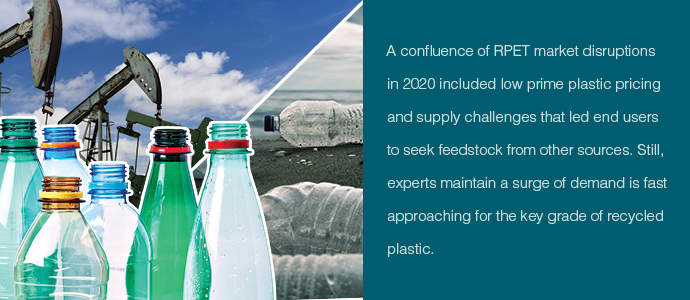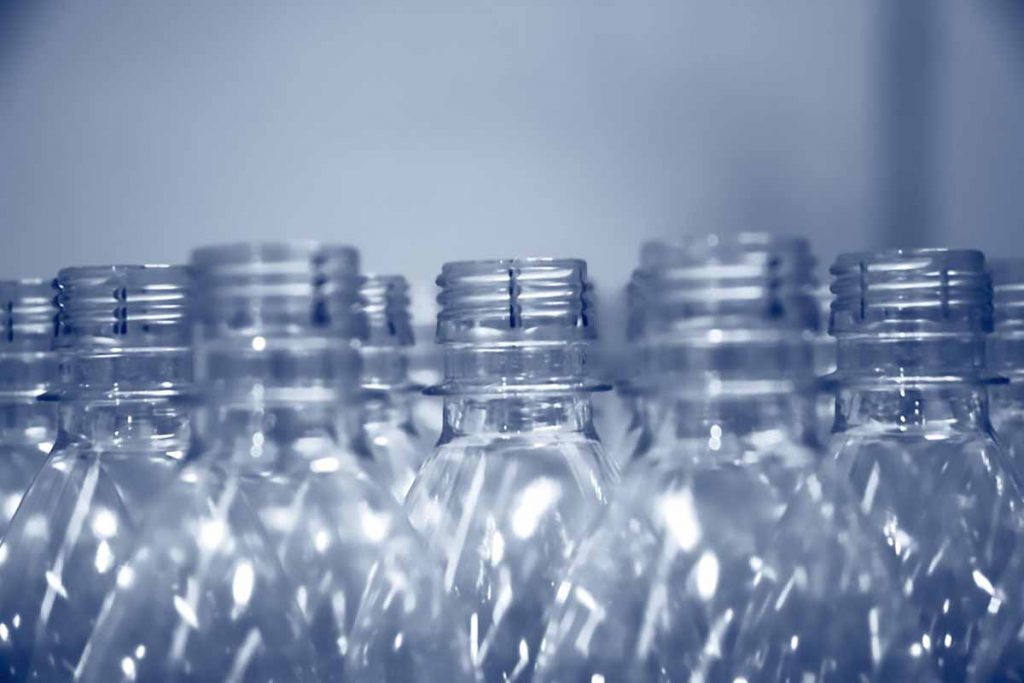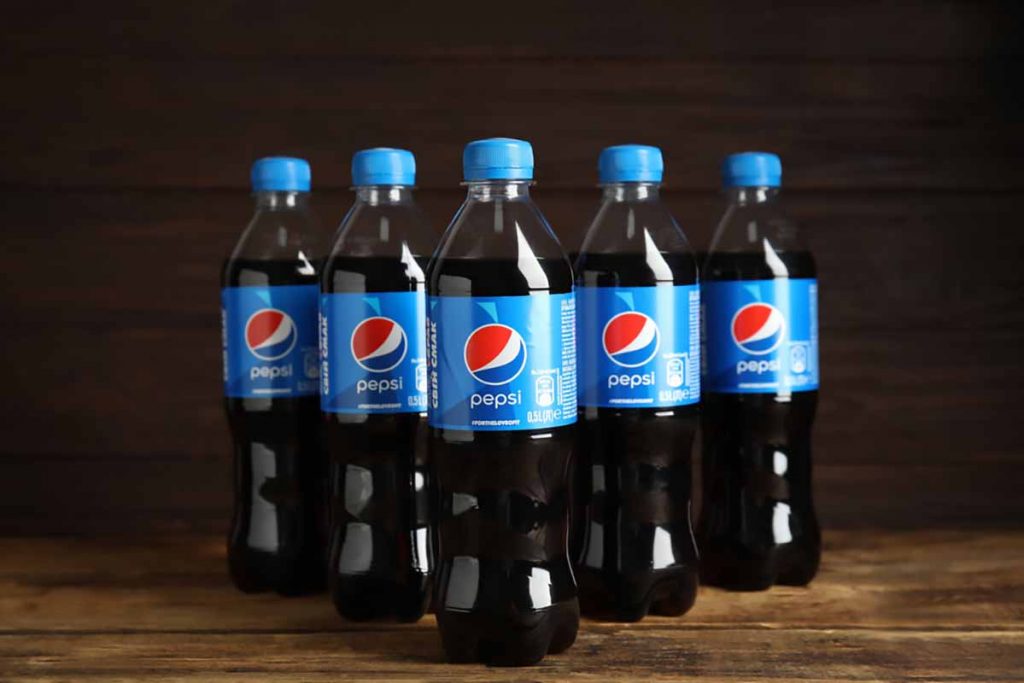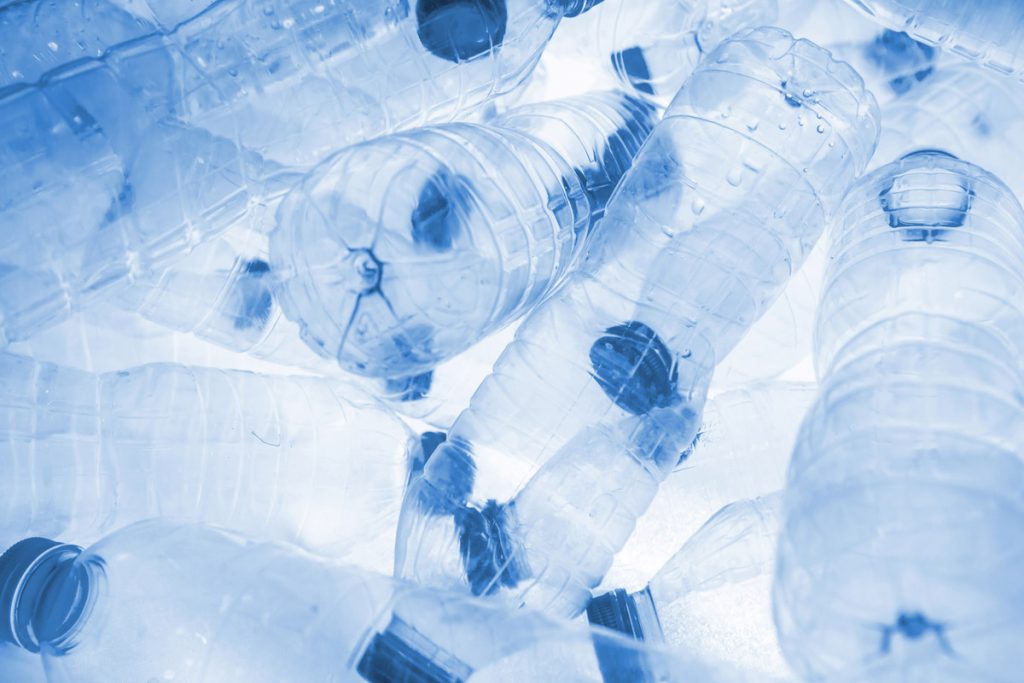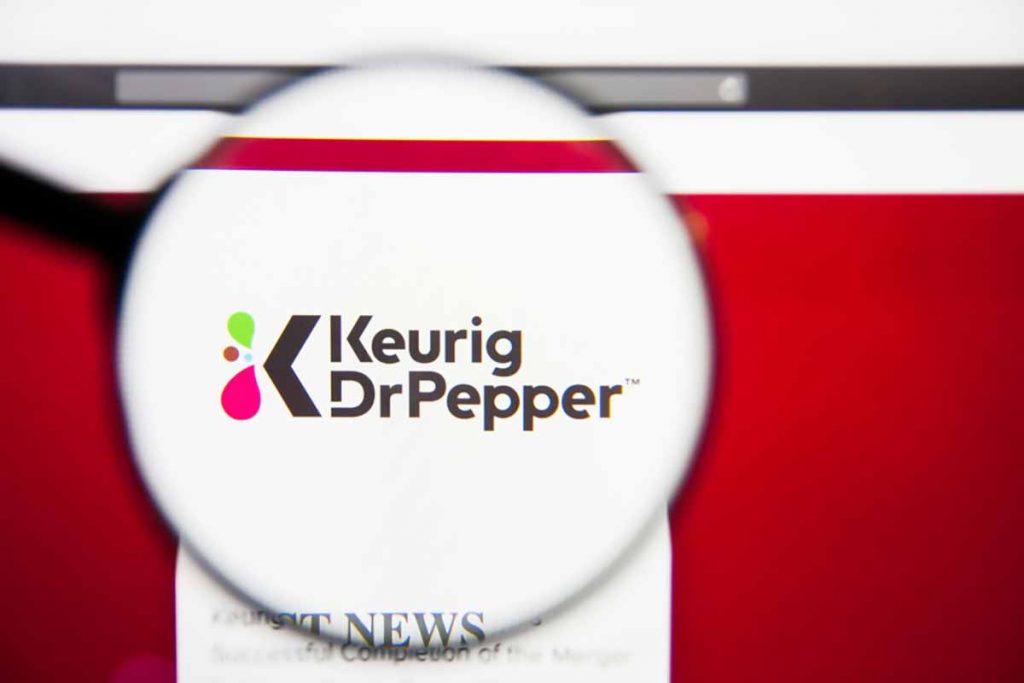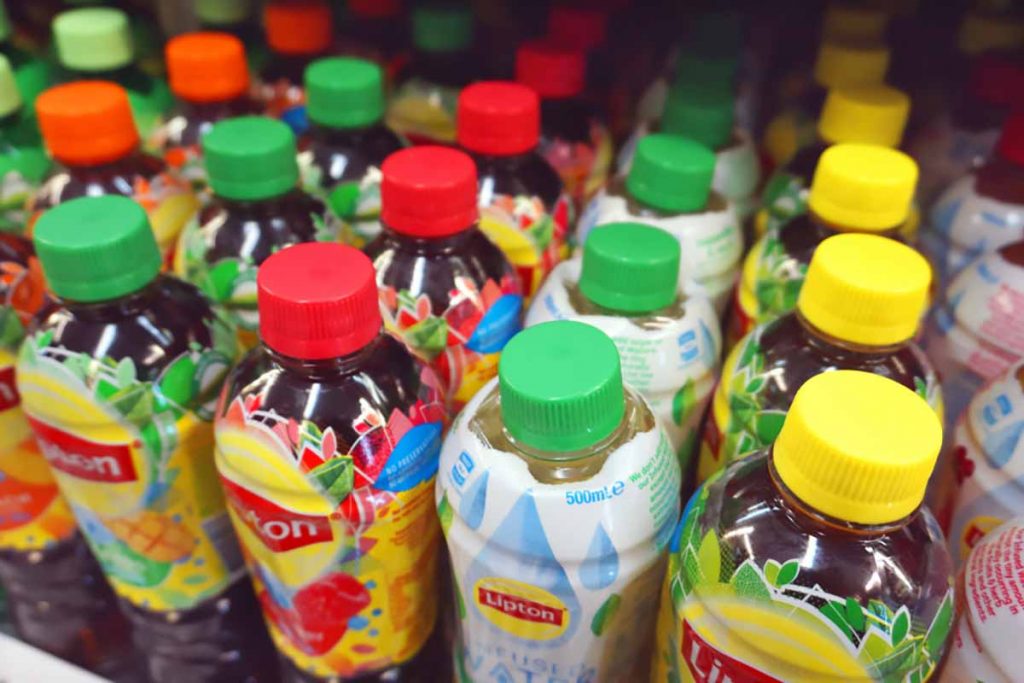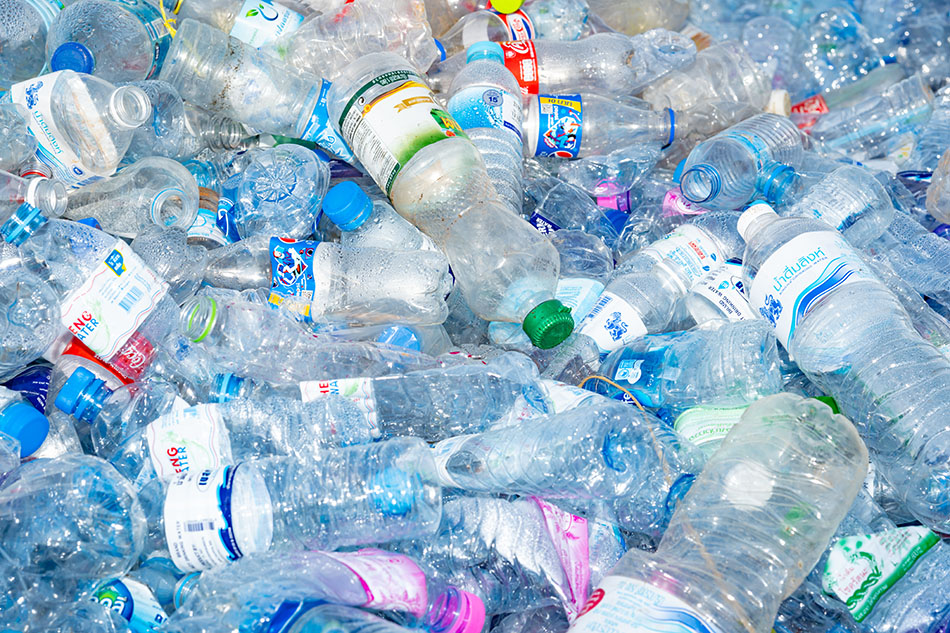
Data shows that in 2020 PET bottles notched a 26.6% collection rate in the U.S., down from 27.9% in 2019. | Torychemistry/Shutterstock
Demand for RPET increased 10% in 2020, but it was accompanied by a decrease in PET bottle collection, according to an annual report from the National Association for PET Container Resources.


